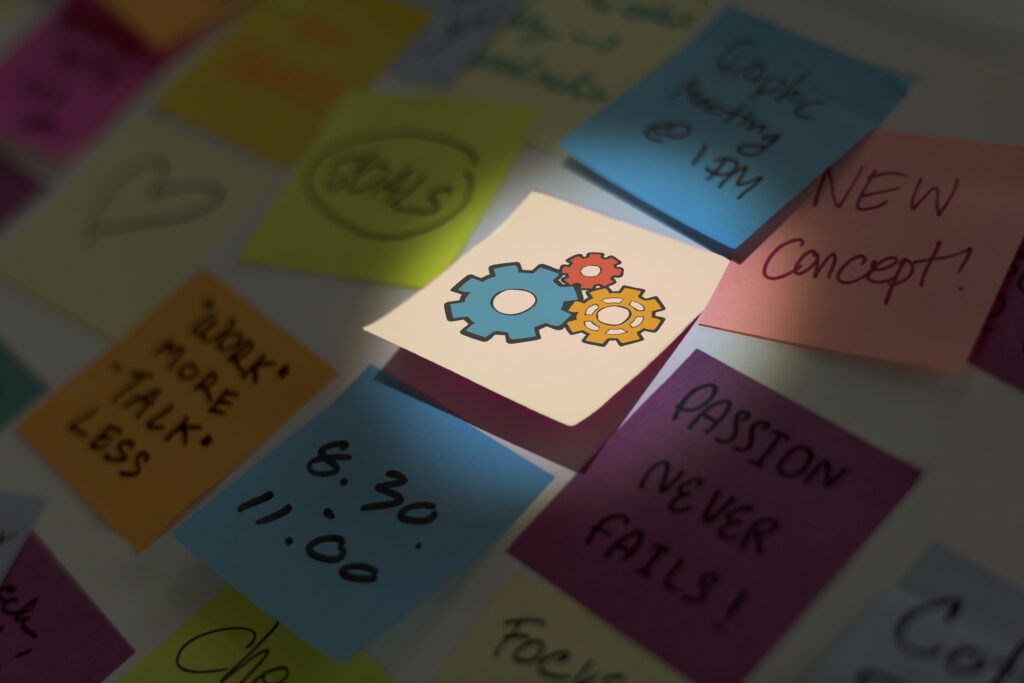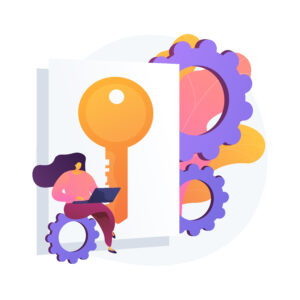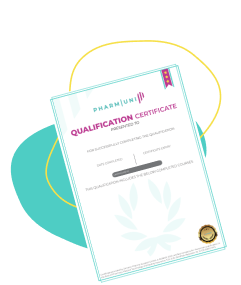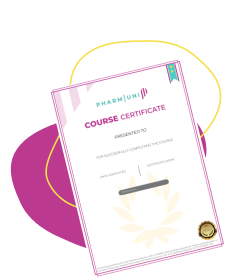
Introduction
In the fast-paced business landscape of today, agility is key to success. And this doesn’t just apply to operations and product development – it also applies to the human resources department. Adopting an agile HR mindset can yield maximum results for organizations, empowering them to stay ahead of the competition and drive growth.
This entails embracing flexibility, adaptability, and continuous improvement across all HR processes. It means being responsive to changing business needs, leveraging data and technology to make informed decisions, and fostering a culture of collaboration and innovation. By doing so, HR professionals can better support the organization’s goals, attract and retain top talent, and create an environment where employees can thrive.
In this guide, we delve into the concept of an agile HR approach and offer actionable insights on how organizations can cultivate this mindset for optimal results. From revamping performance management systems to adopting agile recruitment strategies, we explore techniques and best practices to elevate your HR department’s agility and efficacy.
What is an Agile Mindset?
An agile HR approach is a shift in the way HR professionals approach their roles and responsibilities. Traditional HR practices often focus on rigid processes and hierarchies, which can hinder responsiveness and innovation. In contrast, an agile HR mindset emphasizes adaptability, collaboration, and continuous learning.
By embracing agility, HR professionals embrace change and view it as an opportunity for growth. They are open to new ideas, experiment with different approaches, and adjust their strategies based on feedback and data. This mindset also encourages HR professionals to work closely with other departments, breaking down silos and fostering cross-functional collaboration.

The Relevance of Agile Strategy in Today's Business Landscape
In today’s dynamic business ecosystem, organizations must exhibit agility to remain competitive. Market dynamics, customer preferences, and technological advancements evolve at unprecedented rates, demanding a similarly agile response from HR departments.
Embracing an agile HR approach empowers organizations to swiftly adapt to evolving business needs. They can adapt their talent management strategies to attract and retain top talent, develop agile performance management systems that promote continuous feedback and improvement, and implement agile learning and development programs to upskill their workforce.
An agile HR mindset also enables organizations to foster a culture of innovation. HR professionals can encourage employees to take risks, experiment with new ideas, and learn from failures. This mindset shift creates an environment where employees feel empowered to contribute their best work and drive innovation across the organization.
Agile Principles and Values
To cultivate an agile HR approach, it’s imperative to align HR practices with agile principles and values. Some key principles and values that underpin an agile HR mindset include:
Customer-centricity
Iterative approach
Transparency and collaboration
Data-driven decision-making
Continuous learning
Benefits of Adopting an Agile Mindset
Organizations that embrace an agile practice can reap numerous benefits. Some of the key benefits include:
Enables HR professionals to quickly adapt to changing business needs and respond to employee and candidate feedback.
By adopting agile recruiting practices, organizations can attract top talent and provide a positive candidate experience.
Continuous feedback mechanisms and performance management foster a sense of ownership and engagement among employees.
Agile HR practices promote a culture of continuous learning, enabling employees to acquire new skills and stay ahead of industry trends.
An agile HR mindset encourages employees to think outside the box, experiment with new ideas, and contribute to the organization’s innovation initiatives.
JOIN PHARMUNI BUSINESS
Steps to Develop an Agile Mindset
Developing an agile HR mindset requires a deliberate and systematic approach. Here are some steps organizations can take to cultivate an agile mindset:
Evaluate existing processes and identify areas where agility can be enhanced.
Move away from traditional, once-a-year performance reviews and implement continuous feedback and coaching mechanisms.
Embrace agile methodologies in recruitment, such as using cross-functional teams, conducting iterative interviews, and leveraging data to make hiring decisions.
Encourage HR professionals to work closely with other departments, fostering collaboration and knowledge sharing.
Invest in HR technologies that enable data-driven decision-making and automate administrative tasks.
Create a culture where employees feel safe to experiment, take risks, and learn from failures.
Develop learning and development programs that focus on upskilling employees and keeping them abreast of industry trends.
Key Skills and Competencies for Agile
To thrive in an agile organization, HR professionals need to develop certain key skills and competencies. Some of these include:

Adaptability: The ability to embrace change and adjust strategies and approaches based on feedback and data.
Collaboration: A strong aptitude for working across teams and departments, fostering collaboration and knowledge sharing.
Data literacy: The ability to collect, analyze, and interpret data to inform decision-making and drive HR strategies.
Agile project management: Proficiency in agile project management methodologies, such as Scrum or Kanban, to manage HR initiatives effectively.
Communication: Excellent communication skills, both written and verbal, to effectively convey HR strategies and initiatives to stakeholders.
Continuous learning: A commitment to lifelong learning and staying up-to-date with industry trends and best practices.
Agile HR-Tools and Techniques
Several tools and techniques can support the implementation of an agile HR approach. These include:
- HR analytics platforms for data-driven decision-making.
- Agile project management tools
- Collaboration and communication tools
- Learning management systems for administering online learning and development programs.
Challenges and Potential Roadblocks
While adopting an agile approach offers numerous benefits, it’s important to be aware of potential challenges and roadblocks. Some common challenges include:
Resistance to change: Employees and HR professionals may resist the shift to an agile perfomance due to fear of the unknown or attachment to traditional practices.
Lack of resources: Implementing agile HR practices may require investments in technology, training, and change management initiatives.
Organizational culture: A culture that doesn’t embrace change or innovation can hinder the adoption of an agile thinking.
Lack of data-driven decision-making: Without access to reliable data and analytics, it can be challenging to make informed decisions and measure the impact of agile HR practices.
Conclusion: Embracing an Agile HR Mindset for Future Success
In today’s dynamic business environment, organizations must embrace agility to thrive. The human resources department plays a crucial role in driving agility and ensuring the organization’s success. By embracing an agile HR approach, organizations can adapt to evolving needs, attract and retain talent, and foster cultures of innovation and continuous improvement.
From redesigning performance management systems to implementing agile recruiting practices, the journey to developing an agile HR mindset requires a deliberate and systematic approach. By following the steps outlined in this article and leveraging the tools and techniques available, organizations can transform their HR departments into powerhouses of agility and effectiveness.
Remember, developing an agile HR mindset is an ongoing journey. It requires a commitment to continuous improvement, learning, and adaptation. By embracing agility in HR, organizations can position themselves for future success and stay ahead of the competition in the ever-evolving business landscape.

